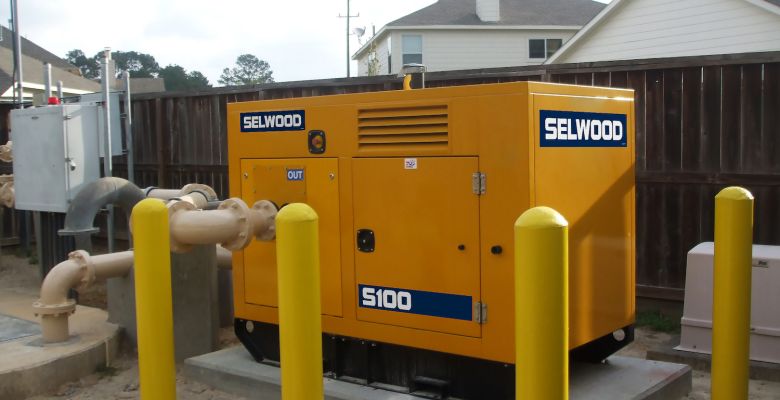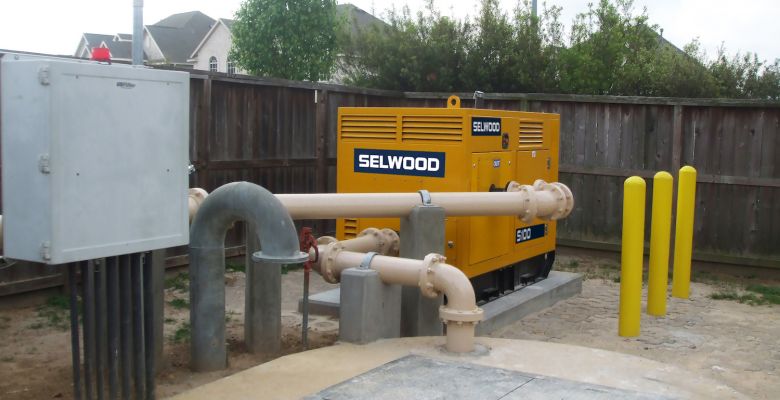The background
Following another round of hurricanes and tropical storms, the Texan government passed legislation that all sewage lift stations must have standby generators to provide power, to ensure that the lift station pumps continued to operate after power loss.
The challenge
This was debated by the American Pump Manufacturers Association (BPMA), who went to the government and explained that in the first instance, this was prejudicial against them. Secondly, when power lines are damaged during a storm, the power switch gear is, in almost all cases, short circuited and so the pumps will not run, but the generator will, until it runs out of diesel.
After a lengthy period of argument and debate, between all parties, the government changed the legislation to state that all lift stations must have either standby power or self-starting, self-priming diesel driven pumps, with sufficient fuel to run for one week.
The solution
Following this change, our local distributors spent many months visiting and talking with the engineering houses in the Houston and Galveston areas, explaining the advantages of having standby pumps, instead of generators. Simply put, a standby generator will supply power for pumps and lights, but if the control panel isn’t working, all you have are lights and sewage in the streets.
Our first trial application in the Baytown area was a great success. The people in the houses that can be seen have no idea what is behind the fence, as they cannot hear the unit when it is running.
Each unit is fitted with an automatic float control system, a seven day timer for battery charging purposes and a trickle charger.
The result
Following the successful trial of this S100 4” unit, we have supplied many S100, S150 and S200 units, which are installed and running in the Gulf area. To date we have not had a single failure, or negative comment.


